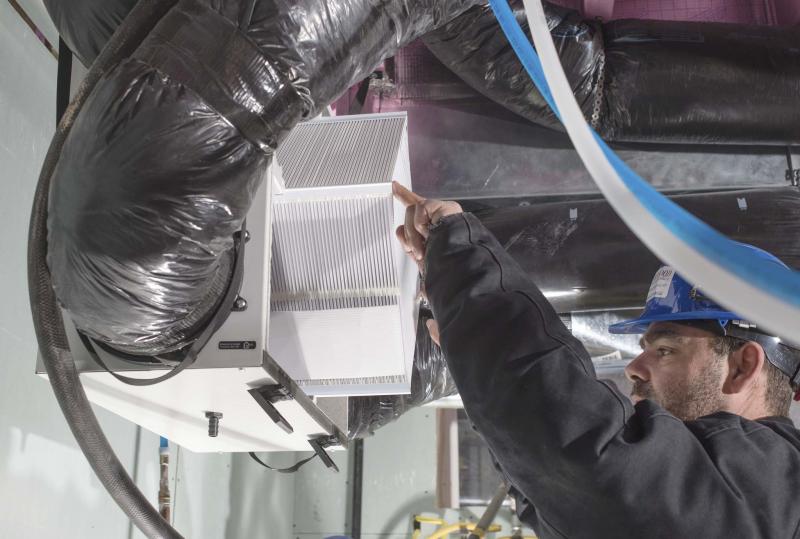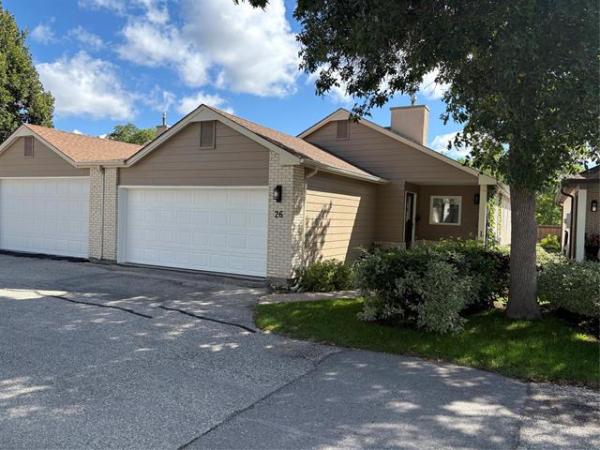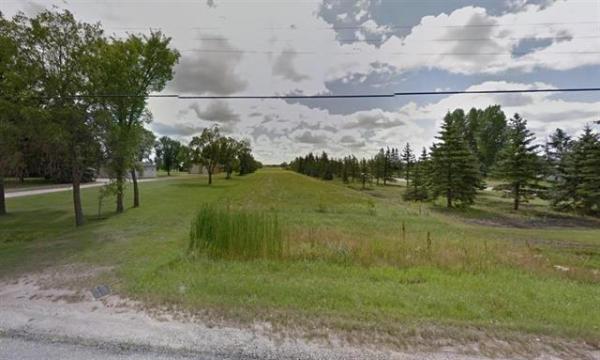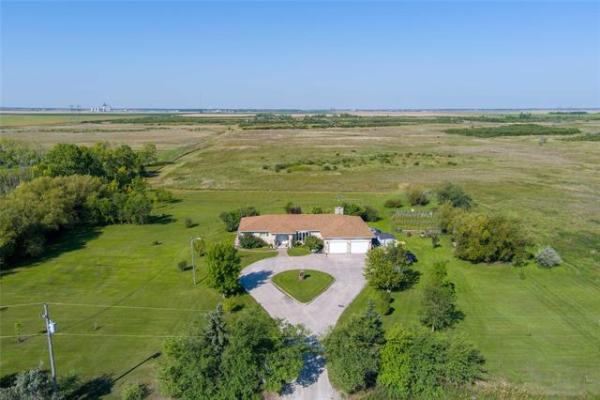Question: I had a high-efficiency furnace installed last year and I have a gas water heater as well. I didn’t get a hard sell from the furnace seller about back-draft problems, but he did mention it to me. I live in a storey-and-a-half home built in 1950 and, before installing the new furnace, I had a fresh-air intake for the old furnace installed, which was supposed to make the interior of my home more comfortable in winter. I don’t have any bathroom or kitchen exhaust fans installed. Although the new furnace has a separate combustion air supply, the new furnace has the fresh-air duct supplying fresh air to my return-air plenum. Is this a good idea as far as heating efficiency is concerned? I am convinced it keeps my indoor air fresher. I decided not to go with the fresh-air heat exchanger offered by the furnace salesman, as the cost was prohibitive.
—Michael Dowling
Answer: Bringing in fresh air for ventilation is becoming a more important item to address as our homes become better insulated and sealed. While it may not be the most energy-efficient way to accomplish this, leaving your fresh-air duct as it is may be a wise idea.
Newer homes are becoming more and more airtight, as we strive for better energy efficiency and comfort levels. Because your home is older, several factors may have to be determined to know whether your fresh-air intake is needed or not.
Have you upgraded your attic and basement insulation? Is the basement completely insulated and is the air/vapour barrier properly installed and complete? If the answer to these two questions is yes, bringing in additional air may be very important. If you have also replaced all of your older wooden windows with modern PVC ones, that further tightens the building enclosure, making fresh-air intake more critical.
Finally, has your chimney been sealed after installation of your new high-efficiency furnace, or is the gas water heater still venting up the old chimney?
If the chimney is still in use, the water heater vent will provide some natural ventilation for some moist air to escape your home. This may cause more air to be drawn in to the fresh-air intake duct, as warm, moist house air escapes up the chimney. This will indeed reduce the energy efficiency of the entire house as a system, but should ensure you have adequate fresh air to replace what is vented out in this manner. While this may cause your heating bills to be slightly higher, the trade-off for better indoor air quality may be worth the money.
If the chimney has been sealed off and the water heater replaced with a high-efficiency unit or electric water heater, there will be even more reason to leave the fresh-air intake in place.
Since you have opted not to install a heat-recovery ventilator (HRV) system, you will be relying on the existing systems to provide adequate ventilation. This duct entering your return-air plenum may be the primary source of fresh air. When your furnace fires and the blower engages, this will create lower air pressure in the return-air ducting, which will draw in fresh, dryer air from outside. This will eventually be reduced as the air pressure in your ducts equalizes, so the main draw of cold air will be at that time. If you see frost building up on the ducts, installing insulation on the first metre or two of ducting should prevent that from happening.
If you feel too much air is being drawn in, a mechanical damper could be installed on the intake duct, set to open only when the furnace fan turns on. That will minimize air flowing into your home when it is not fully required. That will likely be more necessary if your older water heater is still venting up the chimney.
There may be other more modern controls that could be installed, as well, to prevent the intake of excessive fresh air, but they may be unnecessary. Installation of an HRV system would be a better way of bringing in fresh air and exhausting stale, damp air, but may not be as effective in an older house. These systems are most effective when they collect stale air from the rooms with the highest sources of moisture.
If ducting connected to the HRV has registers in each bathroom and near the kitchen, then it will work well for humidity management. This may require cutting open basement ceilings and other walls to install. Since your bathrooms and kitchen do not have exhaust fans, that would be a great idea to improve air quality, but would still be costly. Because you don’t have adequate moisture removal systems in the bathrooms, additional fresh air intake from outside the home in the heating season is even more important.
Installation of a heat-recovery ventilation system in your home would be a more energy-efficient and better way of managing indoor air quality in your older home, but leaving your older fresh air intake still makes sense. Ensuring you have adequate dry, fresh outside air drawn in to replace the stale, damp air that goes up your chimney or leaks out other areas may not be energy efficient, but it’s still necessary.
Ari Marantz is the owner of Trained Eye Home Inspection Ltd. and the past president of the Canadian Association of Home & Property Inspectors — Manitoba (cahpi.mb.ca). Questions can be emailed to the address below. Ari can be reached at 204-291-5358 or check out his website at trainedeye.ca.
trainedeye@iname.com




